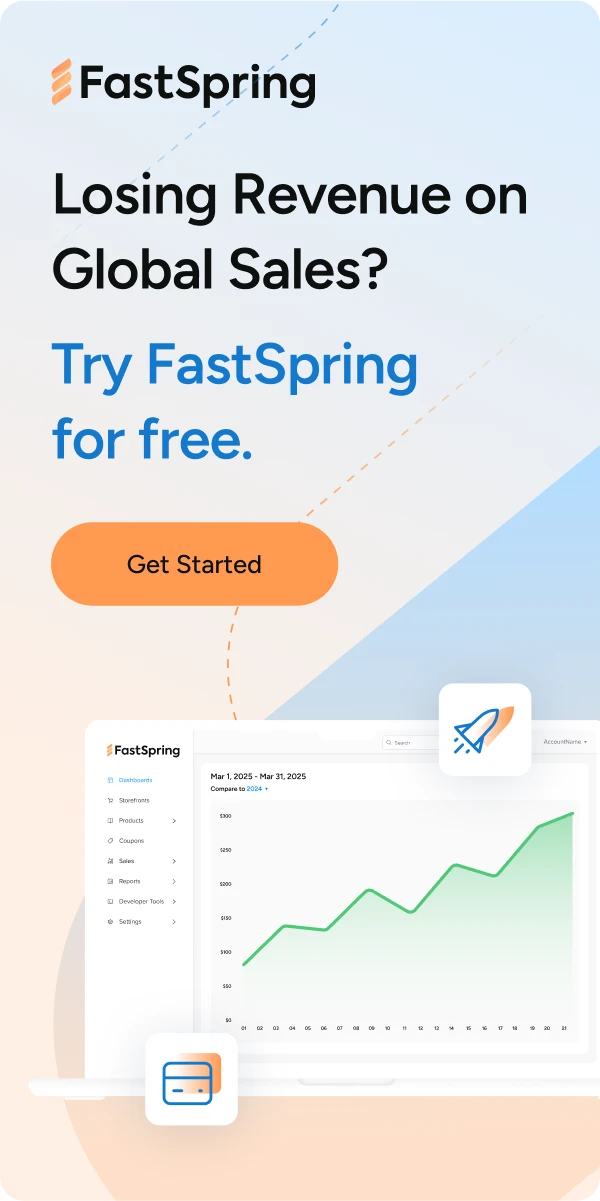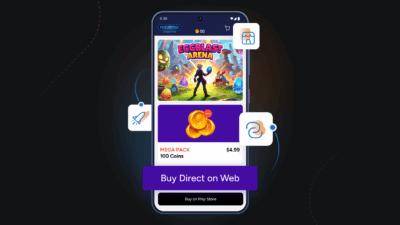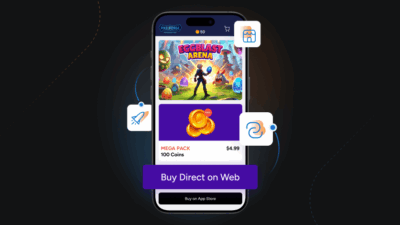It’s happened to all of us.
You find yourself navigating a checkout page and end up finding out that you have to pay more for your purchase. Surprise taxes? Unexpected regulations? No matter the cause, it’s an unpleasant experience for all shoppers.
For shoppers that venture beyond their own borders, this knee-jerk reaction happens way more often than it should and could be a contributing factor for cart abandonment.
The lack of a physical brick and mortar store shouldn’t be an excuse for you to not go out of your way to delight your customers. Part of this “delightful” experience involves setting clear expectations for your customers on what exactly they are purchasing and building a relationship of trust.
In fact, happy shoppers are more likely to be in a purchasing mood. And to drive more sales of your software or service, you need to focus on supporting your customers’ happy mood while they are interacting with your store.
So what can you do to keep customers happy and drive sales? Keep reading to learn how implementing localized shopping experiences may be the key to delighting your customers and unlocking greater sales revenue for your business.
Personalization isn’t a new concept.
Global reach is one of the biggest challenges and opportunities in ecommerce. Not having customers confined to a physical brick and mortar store means your business can serve more customers, but it’s also important to consider that what works for one customer may not work for another.
Ecommerce personalization is about rejecting this “one size fits all approach” and instead focuses on creating personalized online shopping experiences to fit the unique needs and expectations of your customers. Today’s online shopping experiences have gone beyond behavioral insights and cohort segmentation. Online shoppers now expect shopping experiences to be built around their geographical location too, hence the need for localization.
Happy shoppers spend more.
Ecommerce localization focuses specifically on building native shopping experiences for your customers based on their physical location. The process for delivering these personalized experiences can be split into two parts. First, use geolocation to determine which country your visitors are browsing your site in. Second, deliver localized web pages and carts to your visitors based on their “home” location.
Localization takes the guesswork out of browsing and shopping ecommerce sites. Visitors will load your web pages in their native language and display the appropriate currency, payment methods, and overall look and feel to more closely align with their preferences. For example, if you’re an American business operating in the global market, you need to recognize that not all your customers will be purchasing using the almighty dollar. Some customers may be more accustomed to and comfortable with paying using Pesos, Euros, or even Yen.
“At DaisyDisk, we’re obsessed with the user experience. We chose FastSpring because it provides an easy, localized purchasing experience for every customer, everywhere. FastSpring handles all the details — we don’t even have to think about it.”
– Oleg Krupnov, Founder and CEO at DaisyDisk
The key to localization lies in your ability to recognize the unique needs of your customers and personalize ecommerce experiences to meet these expectations. When implemented correctly, ecommerce personalization can help improve customer satisfaction and website usability.
Do the math for your customers.
Part of this frictionless shopping experience involves knowing exactly how much a product will cost. Do you recall browsing a site that listed products outside of your current currency? What was the process of converting the listed price to your home currency? How would you rate the user experience of the online store after having to do this additional step?
Think of additional steps in the checkout process as an opportunity to lose a sale. User behavior studies have shown that the act of opening an online currency converter in another tab can distract your customers, cause them to lose interest in your product, and abandon the checkout process altogether.
Automatically converting prices to reflect your customer’s native currency on-site saves them the trouble of going through additional steps to fulfill their purchase. ProfitWell evaluated 50 SaaS companies and found that those who localized prices consistently outgrew those that didn’t by as much as 30 percent or more.
Remember one of the goals of your business is to make the checkout process as streamlined as possible. Keeping your customers on your site and having them complete their transaction in as few steps as possible is one of the easiest ways to help ensure you’re closing out sales of your software or digital goods.
Gone are the days of inflexible checkout flows that can cost you serious buyers! Today’s shoppers want optimized ecommerce checkout flows that allow them to complete their transactions quickly from the product page. By introducing a flexible, easy to use on-site popup cart that reduces clicks to checkout, your business effectively takes the hassle out of completing the sale and may even increase customer average order value.
Creating a streamlined shopping experience for your customers will be an ongoing process. If you’d like to learn more about how you can increase conversion rates, check out this post about 6 steps you can take to reduce cart abandonment.
Let your customers use their preferred payment method.
Credit cards aren’t the only acceptable form of payment for purchasing digital goods.
Being aware of alternative payment methods helps your business capture opportunities to grow your revenue. For example, many European customers prefer real-time bank transfers using their online bank accounts. Whereas in China, two popular payment methods are Alipay and UnionPay.
Allowing your customers to use payment methods that they are already comfortable and familiar with will help reduce hesitation during the checkout process.
Use the language your customers are already comfortable with using.
Despite being the lingua franca for business and international relations, having only English on your ecommerce site is not enough. To make sure you’re successfully optimizing your site to be competitive in the global marketplace consider including versions of your website in these languages: Chinese, Spanish, Arabic, German, Portuguese, Russian, French, Japanese, and Hindi.
Imagine trying to figure out what button you need to click or where you need to enter your payment information using a language you are not familiar with.
If you’re a digital business without a clear ecommerce personalization strategy, you could be exposing potential customers to this frustrating shopping experience.
Providing a localized product and checkout pages in your customer’s native language helps to cut down on this anxiety and improve conversion rates. By displaying localized pages you’re allowing your customers to navigate your site in the language they understand and inspiring greater confidence in their purchase experience by setting clear expectations about what they are purchasing.
The result? Your customers experience a frictionless ecommerce experience that is designed to guide them towards the checkout.
In fact, inMusic decreased cart abandonment by 30% with FastSpring’s localized payment processing. With FastSpring, inMusic’s customers are able to see prices presented in their own currency, with clear information about the prevailing rate of taxation. This inspired greater confidence in their customers and helped increase sales of their audio software.
Read more about the inMusic case study here.
Ecommerce growth is possible.
By keeping personalization in mind and designing your website to support international currencies, languages, and payment options, your business is effectively taking the first steps towards becoming successful in the global marketplace.
Being empathetic towards the unique needs and norms of your customers will allow your business to continue to create the personalized shopping experience that domestic and international customers have come to expect.
Get ready to boost your digital growth even further by downloading your copy of our helpful guide, What You Need To Know About Selling Online.









